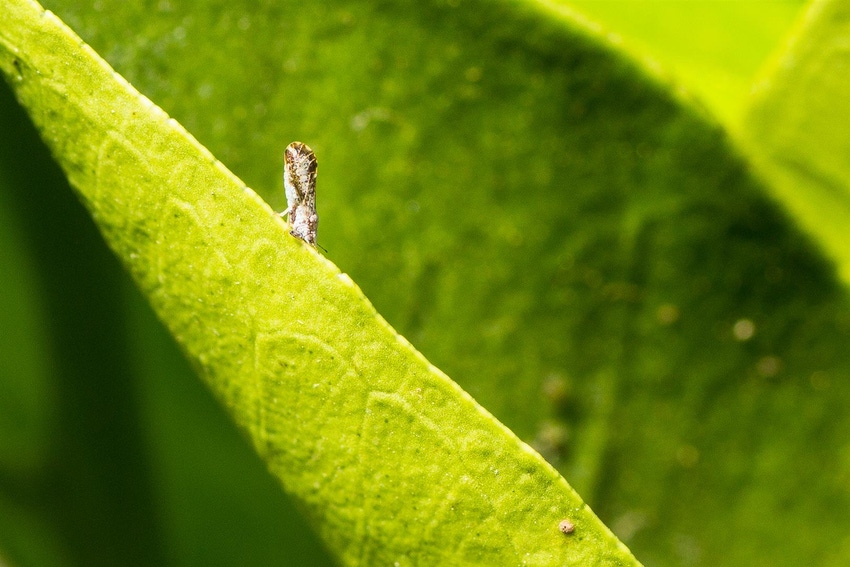March 16, 2016

How fast the citrus disease Huanglongbing (HLB) spreads through California depends largely on the bug responsible for carrying the bacteria that fatally infects trees.
While it appears the disease has a firm grip in one southern California city it’s presence may not be limited to Los Angeles County.
Victoria Hornbaker, the citrus program manager for the California Department of Food and Agriculture, confirmed with Western Farm Press recently that the state is watching at least one location in the Tulare County community of Farmersville.
Some of you may recall officials found breeding populations of psyllids on several properties in the Tulare County community of Farmersville in the fall of 2014. Now it appears that plant materials sampled there may be cause for concern.
What makes Farmersville critical is its proximity to commercial citrus.
A couple months ago I wrote about work by David Bartels, an entomologist with the USDA in Texas who found an interesting correlation between PCR test results of psyllids in Texas and the first discovery of HLB there.
Bartels found that the level of bacteria discovered from these PCR tests became discoverable and began to rise prior to an official declaration of the disease. As it turns out, the bacterium is discoverable by PCR in amounts below the regulatory threshold for a confirmed “positive” determination.
Here’s how it works in oversimplified terms: the PCR test gives a score. That score, called the cycle threshold, or cT score, is a numerical gauge. According to Bartels, scores above 40 reflect an absence of the bacterium responsible for HLB and as a result are declared “negative.”
The problem is a score of 39 is not positive. According to Hornbaker, cT scores for psyllids don’t become “positive” until a score of 32 is reached. The lower the score is the higher the number of bacteria in the sample.
For plant materials, the baseline threshold is 36.99, meaning a cT score of that or lower is a confirmed positive by regulation.
Scores between 32 and 40 reflect a cause for concern because of the detectable level of bacteria in the samples, according to Bartels’ work.
In the Farmersville case, the cT score was 38.3. According to Hornbaker, this is an “inconclusive” result.
As a result, Hornbaker says the Farmersville tree is being sampled twice a year for the disease.
What’s been learned from tree sampling is the specific location sampled on the tree can make all the difference in the world as the bacterium does not distribute itself evenly in the tree. That’s what makes some of the early detection work out of UC Riverside as amazing and hopeful as researchers there have discovered protein markers that show promise in revealing levels of the HLB-causing bacterium well before PCR tests reveal them.
Meanwhile, Bartels’ work is being used by California officials to find HLB in San Gabriel, as well as to continue sampling other potential hotspots where the disease may next be found.
You May Also Like




